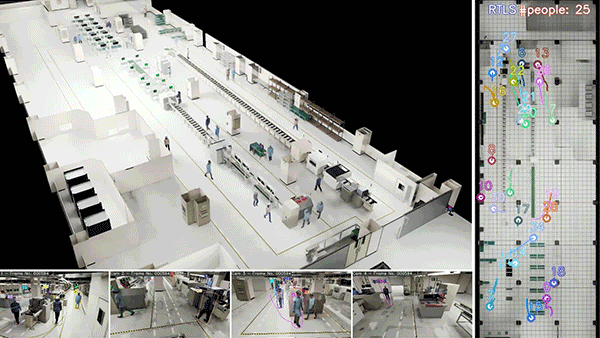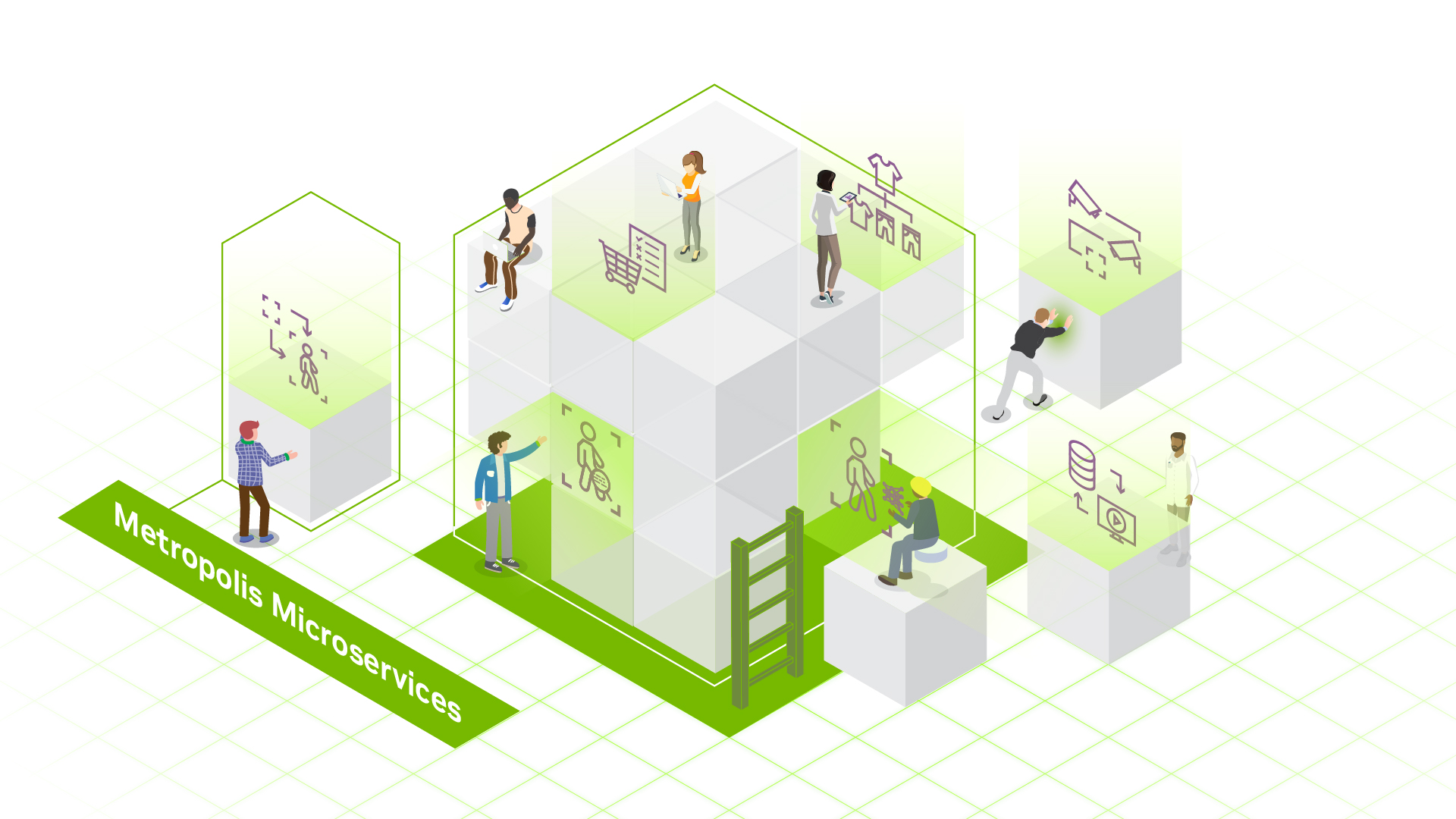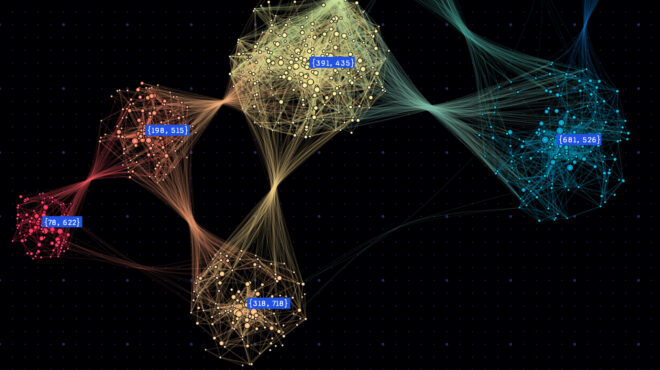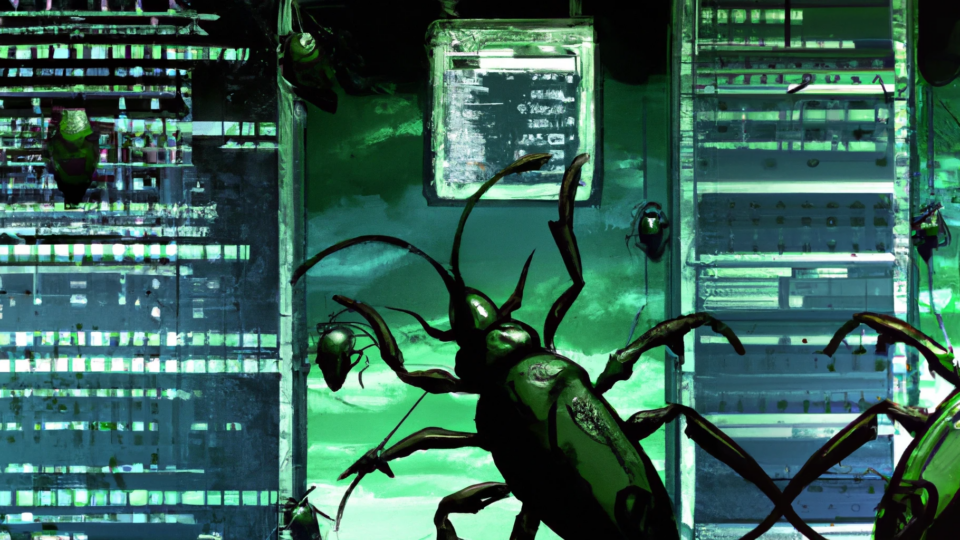Retail shrinkage is on the rise with industry losses totaling $100B in 2021 and growing, due to inflationary pressures. To help software developers accelerate the development of retail loss prevention solutions, NVIDIA is releasing a suite of microservices as part of NVIDIA Metropolis, along with retail AI workflows. These AI workflows deliver pretrained AI models along with the applications needed to jump-start development, rapidly index hundreds of thousands of store products for cross-camera and barcode-scan identification, and detect ticket switching and theft.
Microservices reference architecture
Building these complex solutions requires a scalable and distributed architecture. Leveraging cloud-native technologies ensures scalability, serviceability, upgradability, adaptability, and choice of deployment environments. Increasingly, these solutions rely on multiple data and sensor sources that require multimodal AI capabilities. A microservices-based design offers a natural fit to support these requirements.
The Metropolis microservices reference architecture is designed for:
- Scalability across stores with support for hybrid on-premises or cloud environments.
- Resiliency with monitoring and self-healing ensuring stability and high uptime.
- Modularity to pick and choose functional modules for building new functionality to existing solutions.
- Customizability for addressing unique customer requirements across store design, AI models, and deployment constraints from DevOps and IT infrastructure
Sign up for early access to Metropolis microservices and retail AI workflows (registration required).
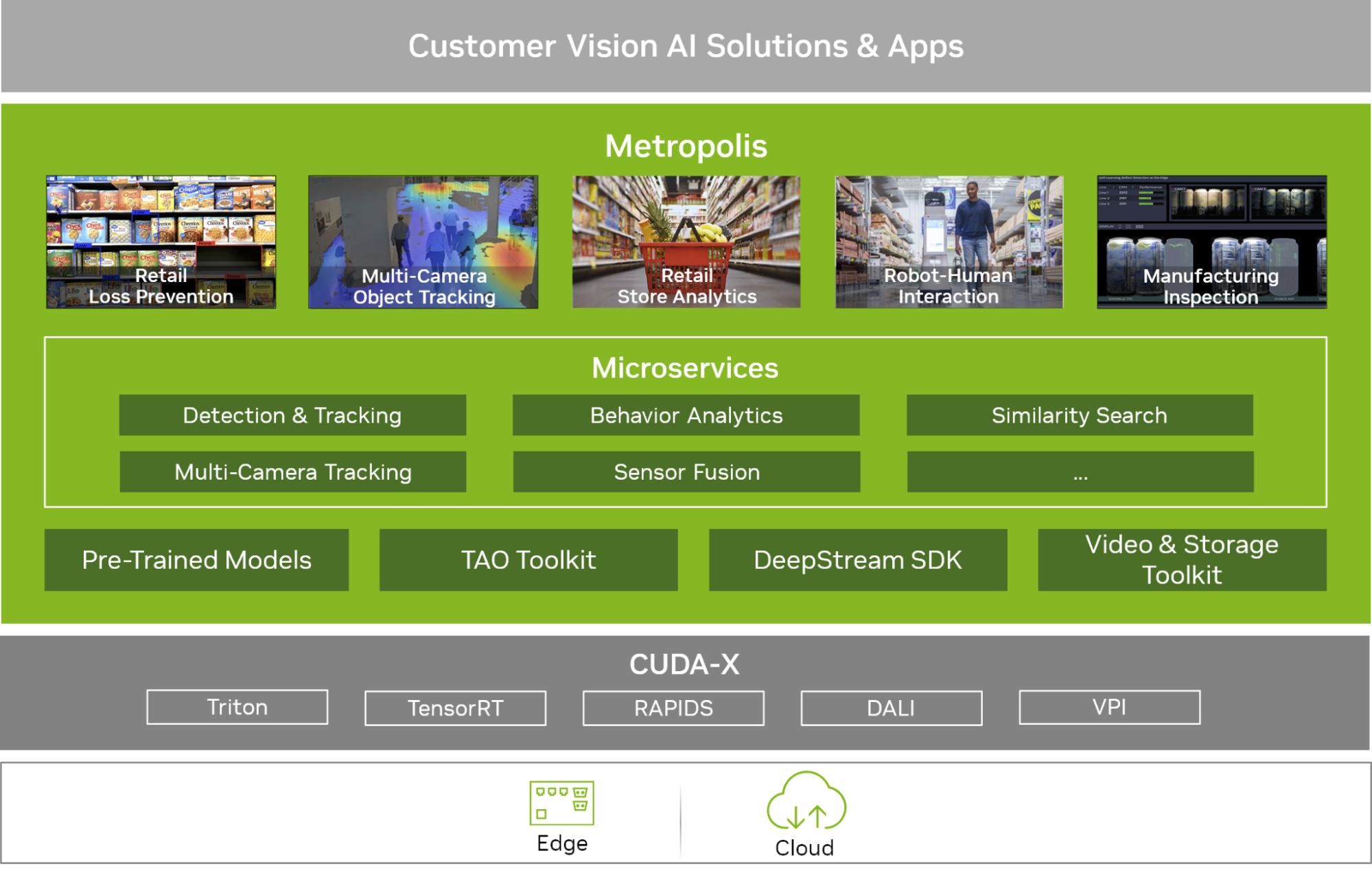
Retail AI workflows
The retail AI workflows address highly complex application development challenges, providing the initial ‘building blocks’ necessary as components of an effective solution.
Retail Loss Prevention AI workflow
NVIDIA researchers developed a state-of-the-art variation of few-shot learning designed to adapt continuously to limited new product data, using object characterization and self-supervised learning algorithms. This unique method of active learning identifies and captures any new products scanned by customers and associates during checkout for future recognition through similarity search. Ultimately, this improves model accuracy.
The AI model is pretrained to recognize hundreds of the most common products lost to shrinkage, including meats, alcohol, and health and beauty products. It also recognizes these products in the various sizes and shapes offered.
As a developer, you can customize the workflow, add your own models, and easily expand to hundreds of thousands of store products.
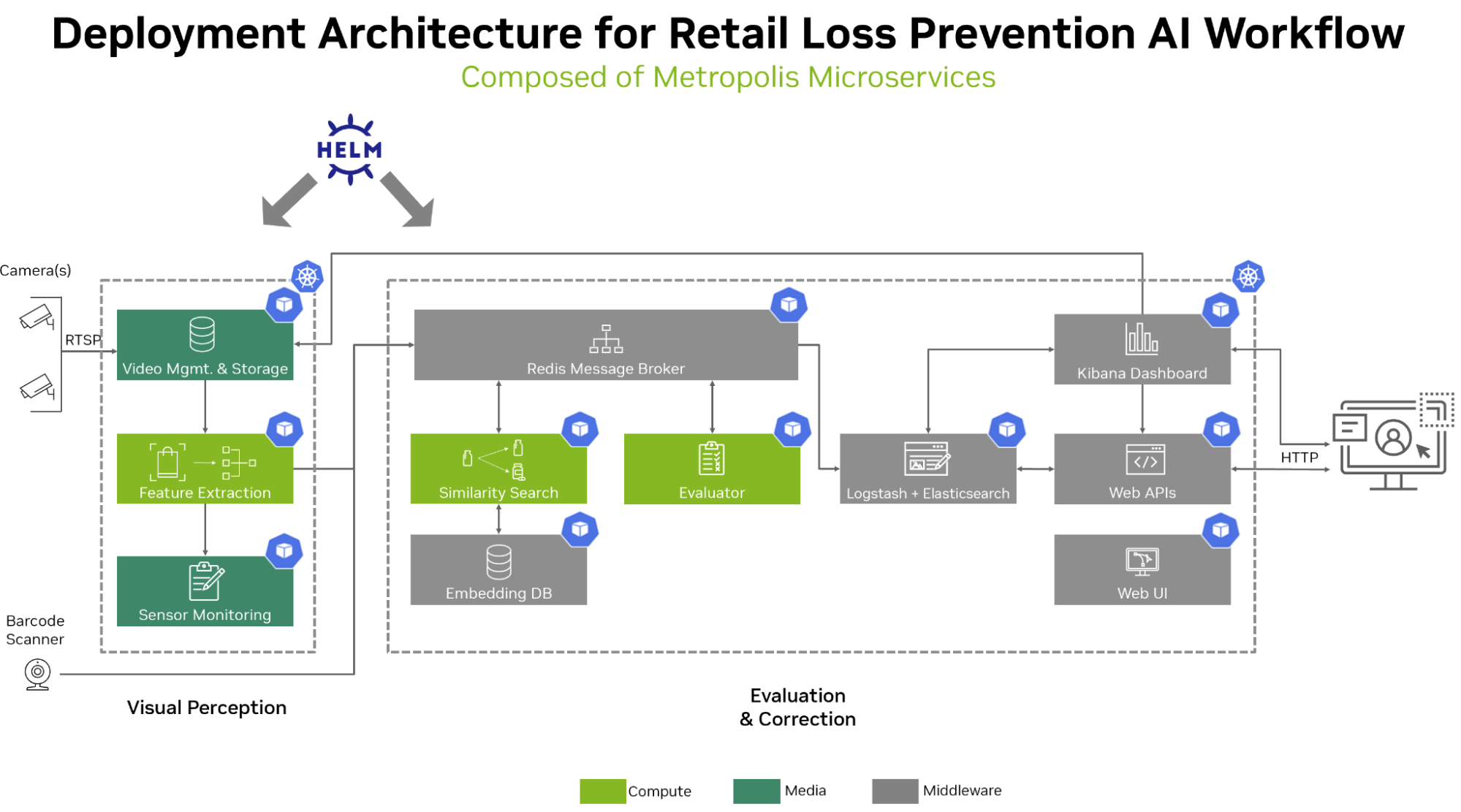
For more information about the Retail Loss Prevention AI workflow, see the following resources:
- Leveraging NVIDIA Pre-Trained Models to Build Loss Prevention Applications Faster GTC session
- Vision AI when Data Is Expensive and Constantly Changing GTC session
- Metropolis Self-Checkout AI Copilot demo
Multi-Camera Tracking AI workflow
Giving perception to retail spaces often requires applying vision AI to many cameras covering multiple physical areas. The Multi-Camera Tracking AI workflow delivers multi-target multi-camera (MTMC) capabilities to allow application developers to easily create solutions that anonymously track shoppers from camera to camera. The workflow uses the NVIDIA DeepStream SDK, pretrained models, and new state-of-the-art microservices for re-identification and tracking.
The MTMC workflow tracks and associates objects across cameras and maintains a unique ID for the object. Each object is tracked through visual embeddings/appearance rather than any personal biometric information, so privacy is fully maintained.
MTMC capabilities help bolster the security of self-checkout and is foundational for fully autonomous stores. The workflow can be trained to detect anomalous behavior. It can be deployed and scaled with Kubernetes and managed by Helm.

For more information about the Multi-Camera Tracking AI workflow, see the following resources:
- Tracking Objects Across Multiple Cameras Made Easy with Metropolis Microservices GTC session
- Metropolis Multi-camera Tracking demo
Retail Store Analytics AI workflow
The Retail Store Analytics AI workflow enables developers to create end-to-end retail vision AI applications for store analytics using custom dashboards.
Customize dashboards with analytical insights:
- Number of store visitors throughout the day
- Proportion of customers shopping with and without baskets
- Visitor counts per store aisle
- Store heatmaps
- Customer journey visualization
These attributes can be easily amended to include information about specific use cases that are customized to individual stores. Stores can use this information to optimize staffing, enhance store merchandising and layout, and improve customer experience to maximize sales.
Solve development challenges with NVIDIA AI
Complete store solutions can be brought to life with the new NVIDIA retail AI workflows and microservices. The multiple workflows have a shared infrastructure and solve key development challenges. They help you more easily create and deploy total solutions critical to the retail industry, such as loss prevention and autonomous shopping, while ensuring scalability and flexibility.
Sign up for early access to Metropolis microservices and retail AI workflows (registration required).
NVIDIA will unveil more detailed information about the Retail Loss Prevention AI workflow at the National Retail Federation (NRF) conference in New York, January 15–17. Join NVIDIA at NRF 2023.

